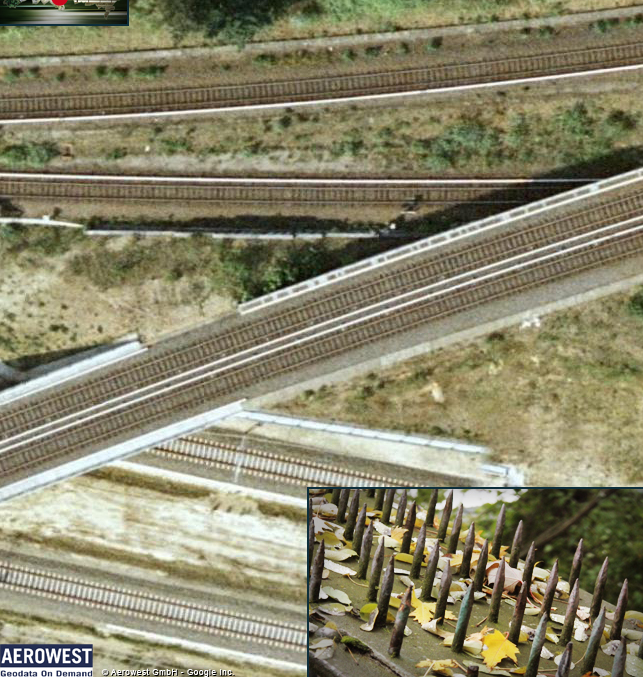 |
| |
|
|
| |
Berlin Südende
Südende was founded in 1872 as a villa settlement. Thanks to the idyllic location and good road and rail access the number of residents grew from 100 during its first days to 3,700 by 1920. In the same year, with the formation of Greater Berlin, Südende was incorporated as part of the Berlin district of Steglitz. Larger residential buildings were erected next to single family homes and terraced houses. The number of inhabitants continued to rise rapidly, reaching 9,000 by 1939. Large-scale destruction by bombing raids in the Second World War contributed to a decline in the population to 2,000 in 1945. Today, around 6,500 people live in Südende.
Before we started shooting, I did not know this part of the city. I became acquainted with Südende in the autumn and winter of 2007-2008 while on the lookout for foggy or snowy weather conditions, which, unfortunately, were a rare occurrence while we were shooting. What we shot did not fall exactly within the historical borders of Südende. Our search took us to adjacent sites that I believe are very characteristic of this area of the district. For instance, the Trümmerberg Insulaner (a hill formed by the rubble from World War II) borders on Südende, but officially belongs to the Berlin district of Schöneberg.
On the first day of shooting I found a small tree-enclosed meadow with a stone which reminded me of Jochen Klepper. I started researching him and his life intensively, and learned much about this |
|
| |
|
|
|
|
| |
|
|
